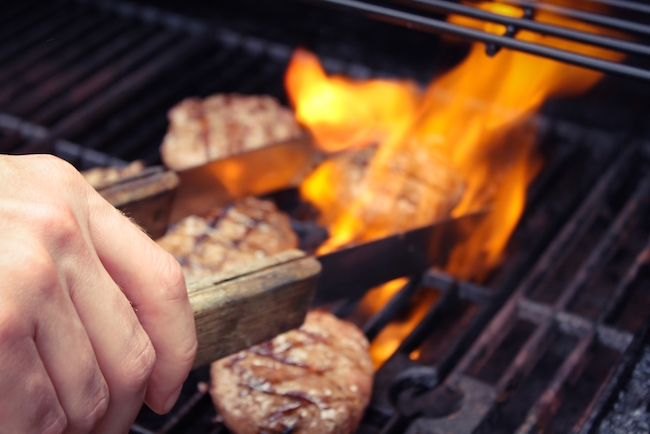
I’ll have my burger well, well, well-done. Just blacken it through. That’s great.
Maybe Trump does know something about cooking meat, after all. His well-done steak might be as tough and flavorless as old shoe leather, but when the E. coli-pocalypse (led by a strain of the bacteria frighteningly resistant to heat) finally explodes, the presumptive Republican nominee could just be the last one standing.
No, this has nothing to do with that other antibiotic-resistant superbug we’re trying not to panic about. This Chuck Norris-esque E. coli of repute was collected from a meat processing plant (truly lovely, no?) by researchers at the University of Alberta’s Agri-Food Discovery Place studying strains of the bacteria for heat resistance.
“So our student came back and said, ‘This one survives 70 minutes at 60 degrees C,’” food biologist Lynn McMullen told the Edmonton Journal, “and I said, ‘Wrong, E. coli doesn’t do that. Something’s wrong.’” For conversion’s sake, 60 degrees Celsius is equal to 140 degrees Fahrenheit. Most strains of E. coli die in under a minute at this temperature. But for some reason, these little buggers — around two percent of all the E. coli in the database — hang on.
The good news is, not all of the E. coli strains that fall within that two percent are actually harmful to humans. Regardless, McMullen recommends caution when cooking meat: use a thermometer, and heat food up to at least 71-73 degrees Celsius (approximately 160-163.5 degrees Fahrenheit).
Is it the end of our carefree medium-rare days? Probably not. At least, not for now. But if worst comes to worst, we know where to get an E. coli-free veggie burger that bleeds.






